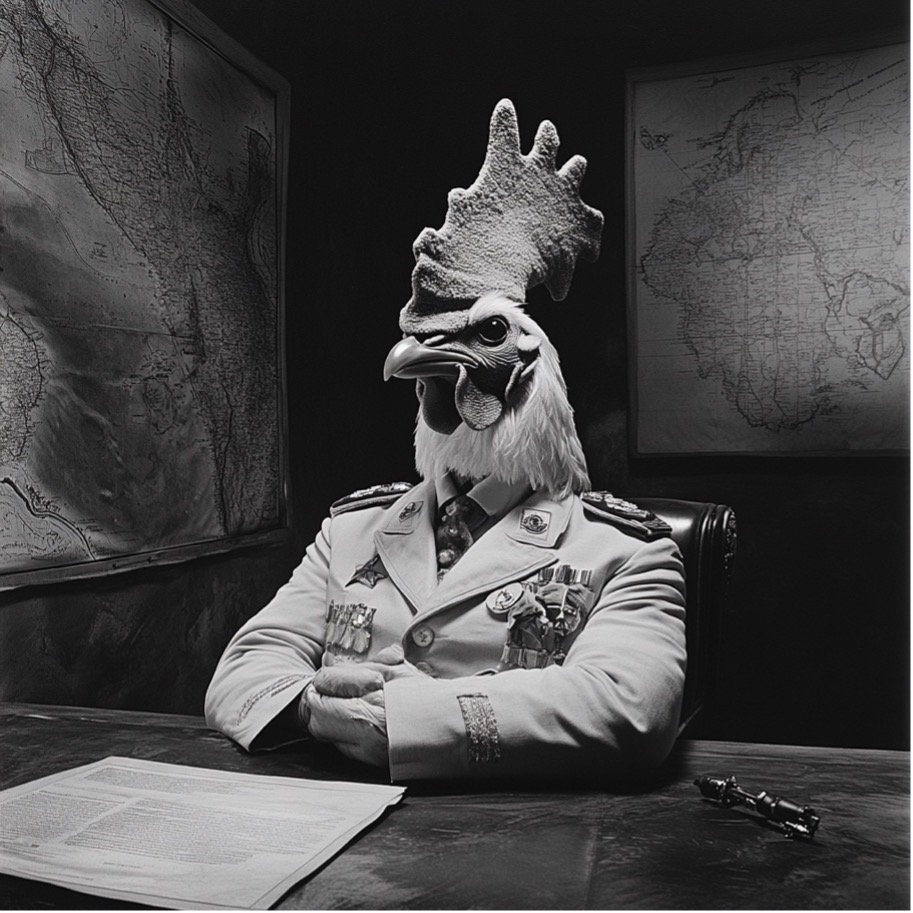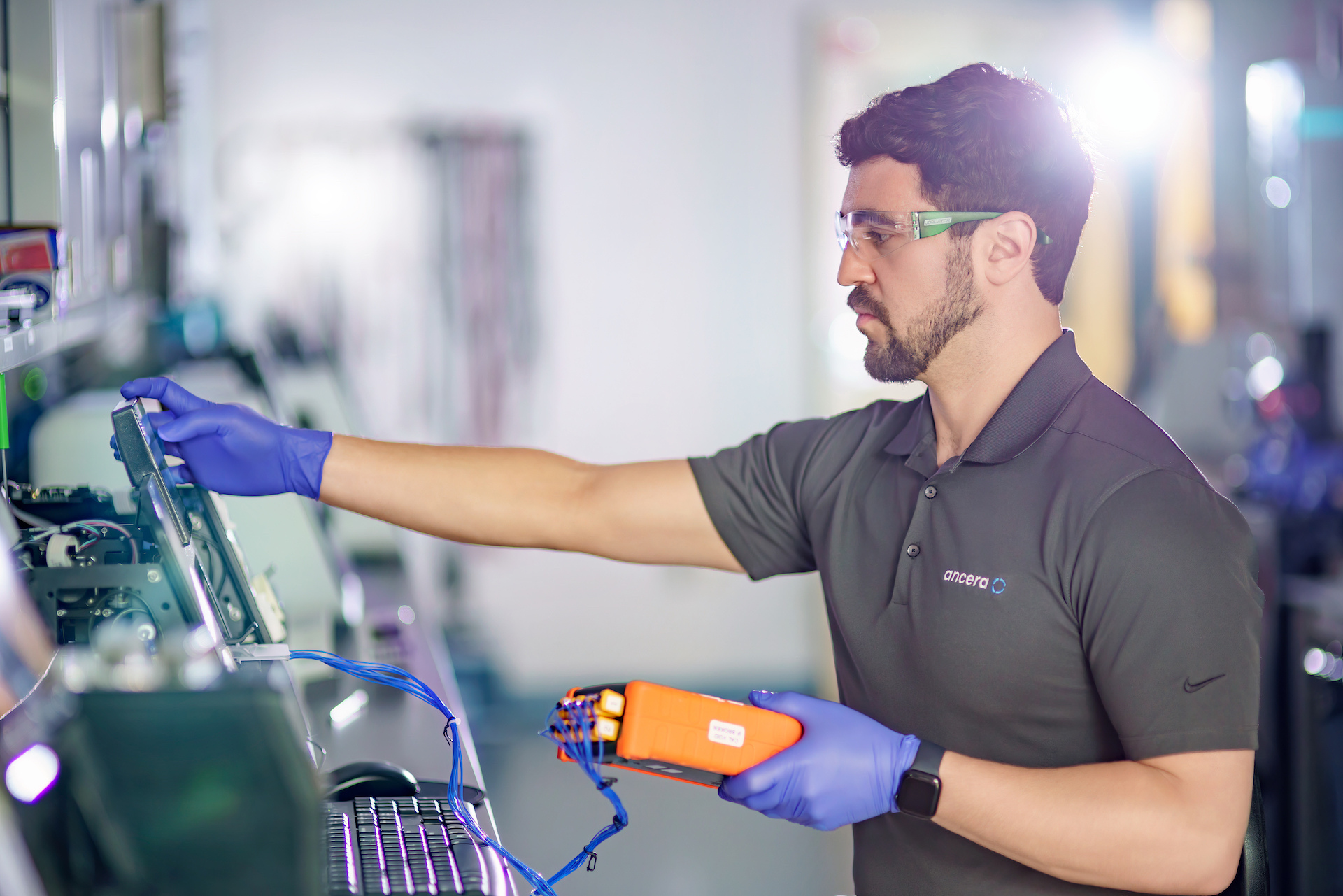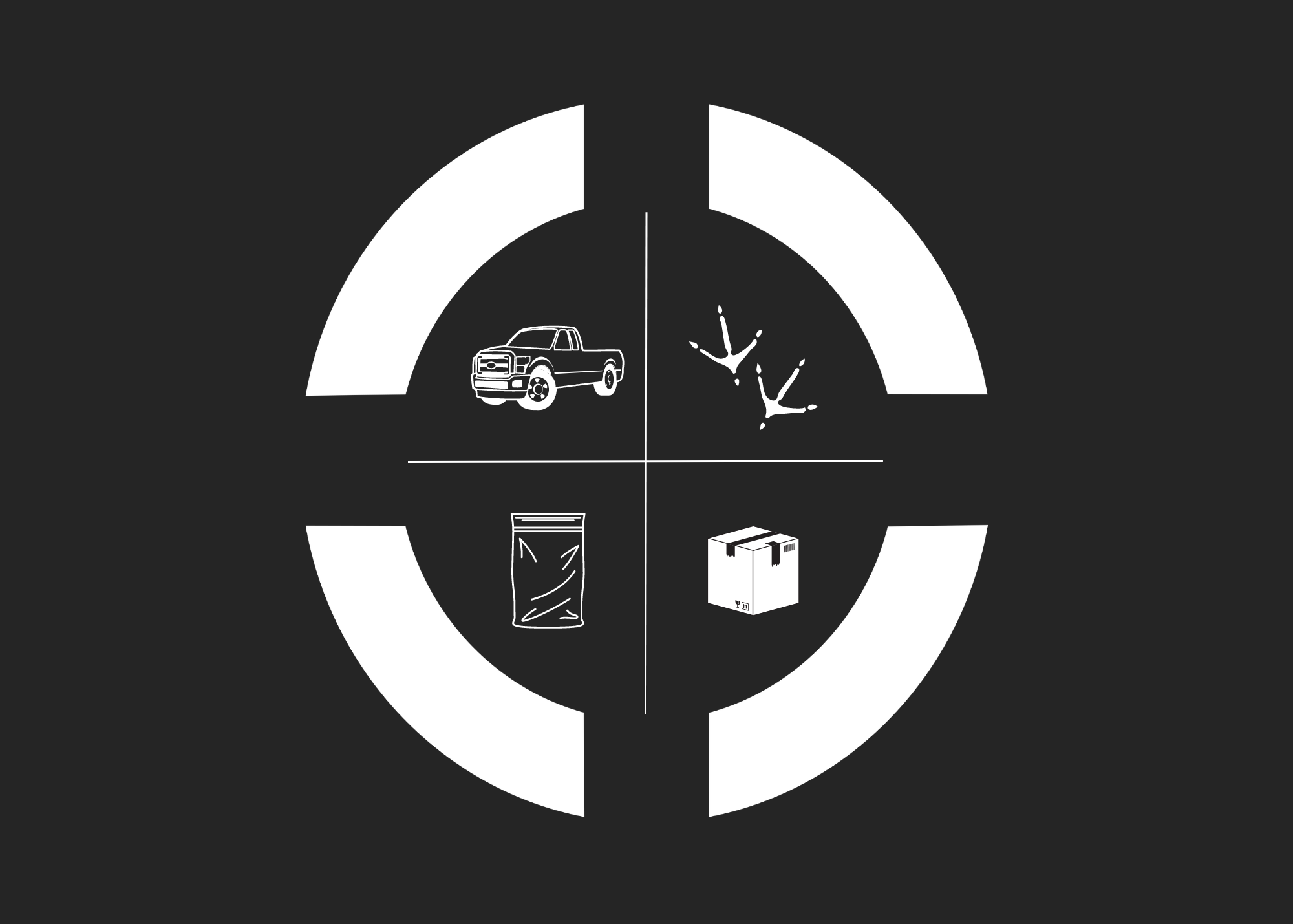In the poultry industry, margins are razor-thin, and every penny spent needs to pull its weight. For too long, poultry companies have leaned on diagnostics and contract labs as a crutch, ticking compliance boxes and relying on gut instinct to make important decisions. But outdated tools and guesswork does not make for a reliable strategy, and more tests aren’t the answer.

Publication
For flocks infected with Salmonella, 91% harbored multiple serovars
Salmonella has been around for a long time and it continues to pose problems for food producers. That’s not new knowledge, but the problems seem to be developing new significance.
It turns out that the whole microbiology system’s foundation is based on isolating and identifying pathogenic organisms. There’s a basic notion that you find one disease per patient, so identifying that single organism gives the answer the diagnostician needs to “close the case.” That perspective has even caused some of us to believe that a flock of chickens can only support one serotype of Salmonella at a time. Experienced scientists know that data screws up a perfectly good hypothesis all the time.
Dr. Nikki Shariat has developed the tool to put a bunch of hypotheses to bed. That tool is called CRISPR-SeroSeq. It builds on the foundation of CRISPR, a gene editing technology. Her technique exploits the unique genetic signatures of each Salmonella serotype found in the spacer regions of the CRISPR1 and CRISPR2 loci. If you’re not a microbial geneticist, just remember that …
1) this is a high throughput technology
2) that can identify every Salmonella serotype present in a sample without actually trying to isolate each organism and
3) this technique can be used to determine the dynamics of the various serovars present.. Hurray for Science!
What can the CRISPR-SeroSeq do for the average poultry company? It turns out that, according to research from Dr. Shariat’s lab (paper linked here), for flocks infected with Salmonella,

“Ninety-one percent of the flocks harbored multiple serovars,”
but conventional microbiology techniques only show one, and that’s not always the serotype you need to know about. When a dangerous Salmonella serotype is obscured by a relatively benign serotype, vets and other food safety professionals make decisions based on the wrong information. Unless there’s a lot of good luck involved, decisions based on wrong information are…wrong decisions.
Why are we telling you this, now? We think the poultry industry should know that Ancera has become the sole commercial access to the CRISPR-SeroSeq technology and that capability is a key part of our Salmonella System Monitoring platform. To get early access to this platform, contact an Ancera representative, today.

James Barton is a board-certified poultry veterinarian who works at Ancera as the Director of Technical Marketing. He has practiced for over 30 years in Turkey and Broiler production, technical support for probiotics, and poultry welfare.
Publication:
Thompson CP, Doak AN, Amirani N, Schroeder EA, Wright J, Kariyawasam S, Lamendella R, Shariat NW. High-Resolution Identification of Multiple Salmonella Serovars in a Single Sample by Using CRISPR-SeroSeq.
Appl Environ Microbiol. 2018 Oct 17;84(21):e01859–18. doi: 10.1128/AEM.01859–18. PMID: 30170999; PMCID: PMC6193385.










.png)






























